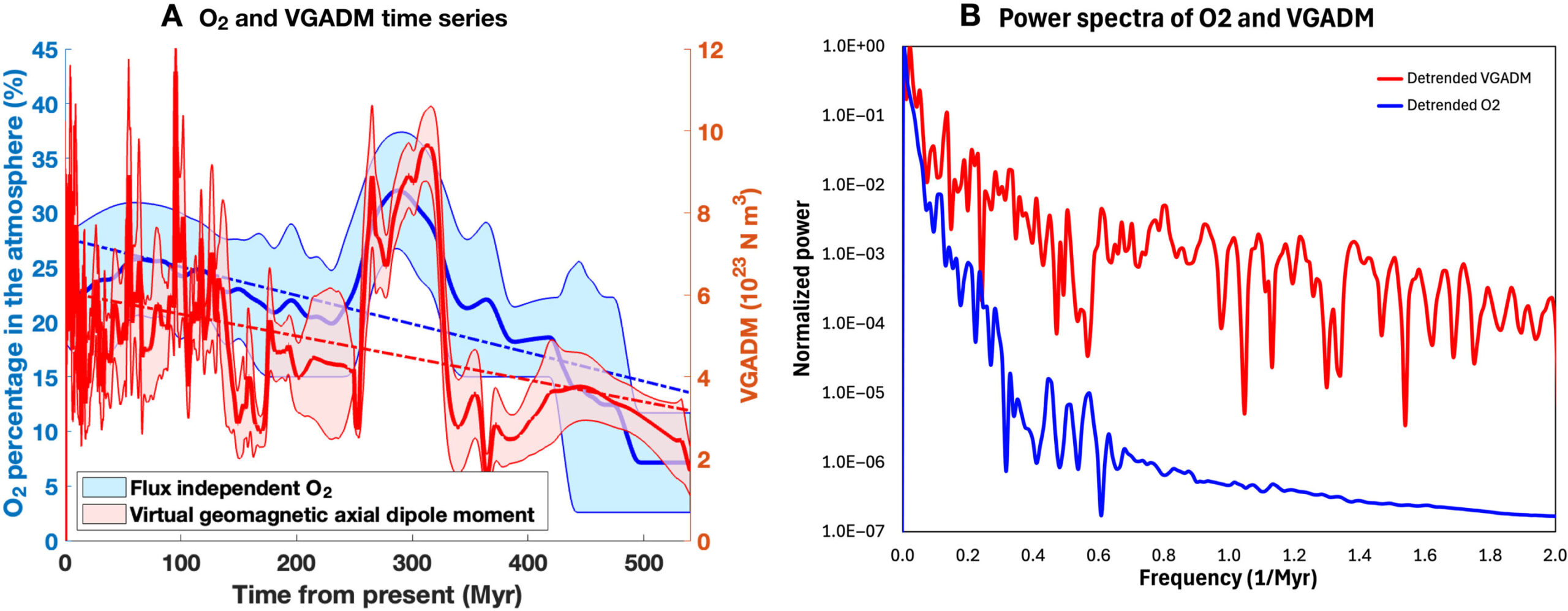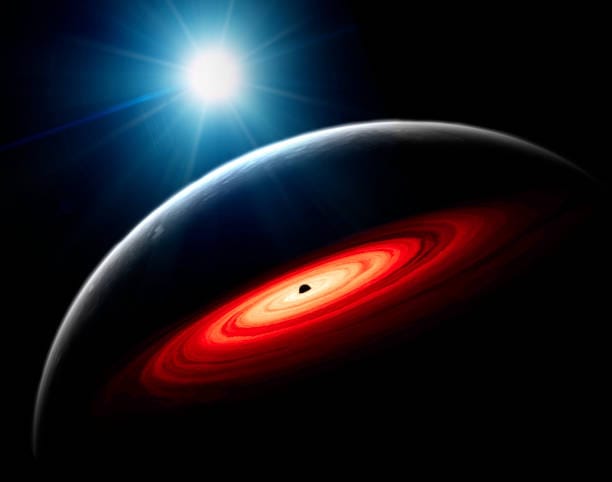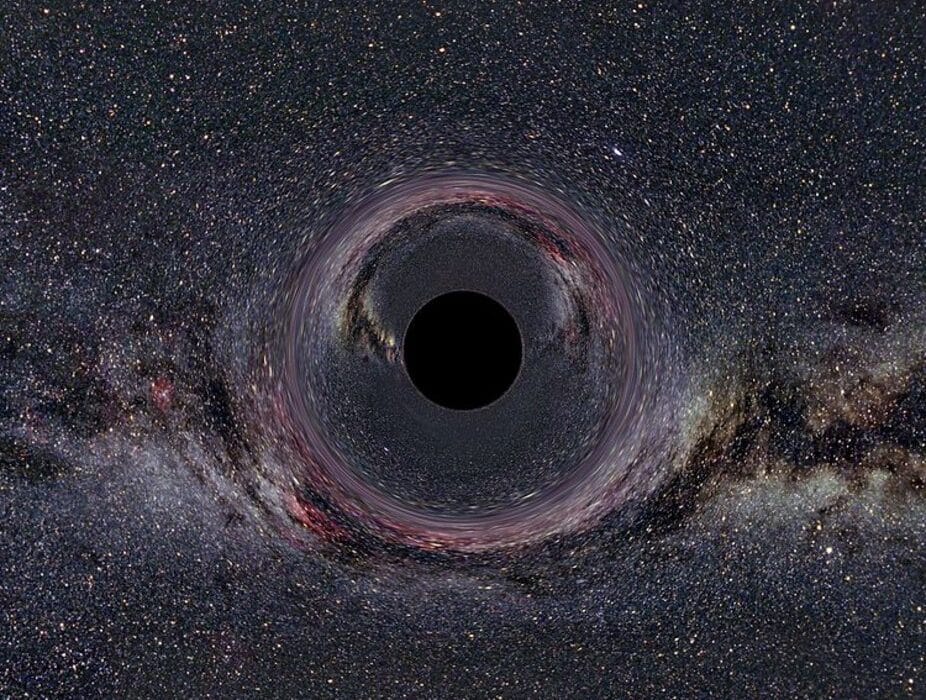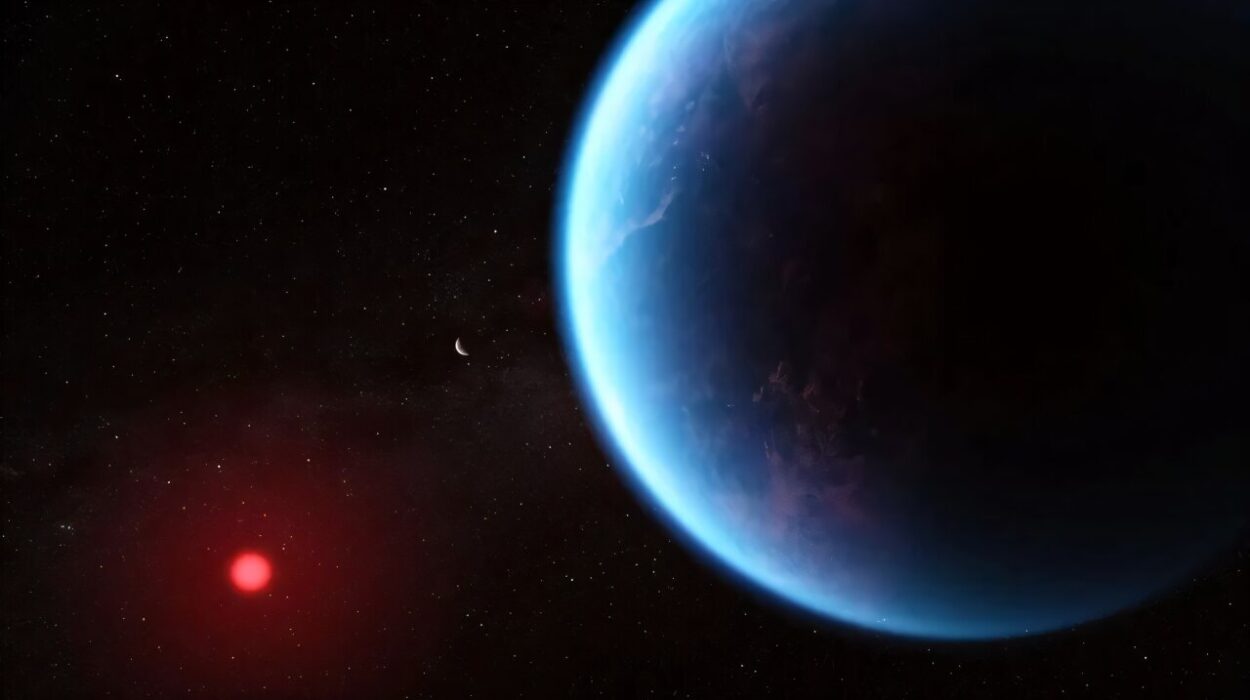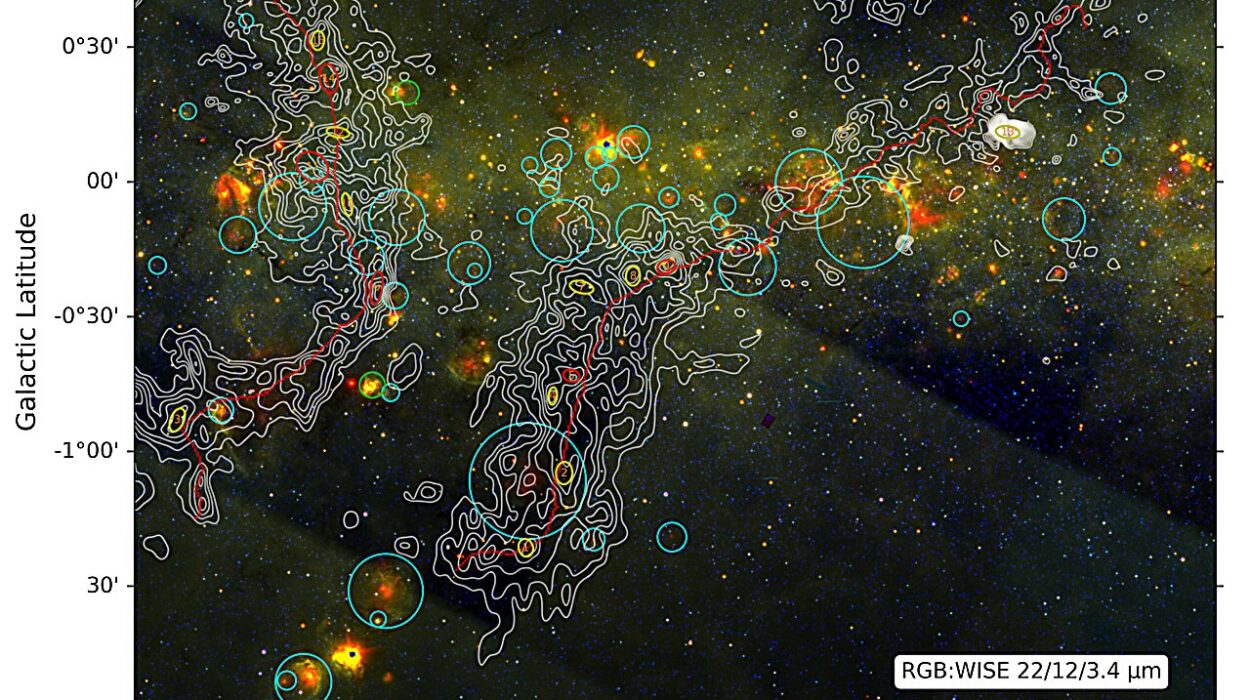Every breath we take carries a whisper of an ancient story—one that began over 2.4 billion years ago, when tiny cyanobacteria first began releasing oxygen into Earth’s atmosphere. This event, known as the Great Oxidation Event, changed everything. It was the planet’s first inhalation of free oxygen, a molecular miracle that paved the way for complex life.
But what if that breath—the lifeblood of all animals, including us—wasn’t just the work of biology? What if Earth’s magnetic field, the invisible force that shields us from the fury of the Sun, has also been shaping the very air we breathe?
That’s the stunning implication of a new joint study from NASA’s Goddard Space Flight Center and the University of Leeds. Published in Science Advances, the research reveals a remarkable, statistically significant correlation between fluctuations in Earth’s magnetic field strength and atmospheric oxygen levels over the last 540 million years. It’s a discovery that reshapes how we think about habitability—and how interconnected Earth’s inner engine and its surface life truly are.
A Tale of Two Forces
Earth’s magnetic field is a silent guardian. Born deep in the molten outer core where liquid iron churns like a vast subterranean ocean, the magnetic field extends thousands of kilometers into space, forming a protective cocoon called the magnetosphere. Without it, our atmosphere could be slowly eroded by the solar wind—a ceaseless stream of charged particles hurled toward us by the Sun.
Oxygen, meanwhile, is the gas of life. It began to accumulate in our atmosphere when photosynthetic microbes figured out how to split water molecules and release O₂ as waste. Over billions of years, it became the second most abundant gas in the air, essential to metabolism, fire, and the evolution of multicellular organisms.
Until now, these two players—magnetism and oxygen—had never been seriously considered as dance partners in Earth’s story. But by analyzing two independent datasets—paleomagnetic records encoded in ancient rocks and geochemical proxies like fossilized charcoal and marine anoxia signals—researchers found a rhythm that can’t be ignored.
Peaks in Time: 330 to 220 Million Years Ago
The data show that both magnetic field strength and atmospheric oxygen peaked together during the same 110-million-year stretch, between 330 and 220 million years ago. That’s the late Paleozoic era—a time when giant ferns blanketed the continents, insects the size of hawks buzzed through humid forests, and the supercontinent Pangaea began to fracture.
That era also gave rise to the thick coal beds we mine today, remnants of lush, oxygen-rich ecosystems. Now, we know that period wasn’t just biologically rich—it was magnetically supercharged.
The correlation between the two forces peaked at a value of 0.72, a number scientists call “strongly significant.” Even after filtering out long-term trends and accounting for minor time lags (about a million years, a geological blink), the pattern held.
It’s the first time such a clear connection has been seen over this vast a timescale.
Earth’s Deep Pulse
So, how could a magnetic field, generated thousands of kilometers below the surface, affect atmospheric oxygen levels? The answer, scientists believe, lies in a cascade of subtle yet powerful processes that link the planet’s molten heart to its living skin.
One possibility is atmospheric protection. A strong geomagnetic field acts as a shield, preventing solar winds and high-energy particles from stripping away the atmosphere—a threat observed on Mars, which lost its magnetic field early in its history and is now dry, cold, and largely airless.
But beyond protection, the field may influence Earth’s surface through more complex geochemical routes. The study’s authors suggest connections between Earth’s inner dynamics, redox (reduction-oxidation) reactions on the surface, and the cycling of elements like carbon, sulfur, and iron—all critical to life and oxygen regulation.
“Geomagnetic field strength may influence atmospheric composition more directly than previously thought,” said one of the study’s co-authors, Sarah T. Johnstone of the University of Leeds. “This connection could help explain how Earth remained habitable over such immense periods, despite internal and external threats.”
Rewriting the Habitability Playbook
Traditionally, Earth system models that explore how oxygen evolved over geological timeframes have left out the geomagnetic field. That may now change.
“If you’re trying to understand what made Earth uniquely habitable, you can’t ignore the magnetic field anymore,” said Elias Jarzyna, a geophysicist at NASA Goddard and co-lead on the study. “This is more than just a protective bubble—it’s a dynamic part of the Earth-life system.”
The implications extend far beyond Earth. In the hunt for life on exoplanets—worlds orbiting distant stars—scientists typically look for oxygen as a key biosignature. But this study suggests they should also consider whether the planet has a magnetic field capable of sustaining that oxygen.
A planet with no magnetism may not hold onto its air long enough for life to thrive. Conversely, a strong field could stabilize the atmosphere and support the chemistry that sustains organisms. The search for Earth-like worlds just became more complex—and more precise.
The Fragile Balance of Earth’s Systems
As we peer deep into Earth’s past, what emerges is not a picture of isolated systems, but a tightly woven fabric. The dance between Earth’s magnetic heart and its living breath reminds us how fragile and interdependent life’s supports really are.
These findings come at a moment when Earth’s magnetic field is changing again. The North Magnetic Pole is drifting rapidly across the Arctic, and the overall strength of the field has weakened slightly over the last 150 years. Though the changes are not yet cause for alarm, they highlight the dynamic nature of this vital planetary feature.
Meanwhile, atmospheric oxygen remains stable, but history has shown that it’s not guaranteed. Understanding the mechanisms that maintain balance on our planet could help us preserve it in the face of future challenges.
From Ancient Stones to Distant Worlds
The story of Earth’s oxygen and magnetic field is written in fire and stone—in lava flows that record the orientation of magnetic poles, in buried sediments that tell us how life once burned and breathed. It’s a reminder that Earth still holds secrets in its deepest layers, waiting for science to unearth them.
And perhaps, one day, this knowledge will guide us as we look for life elsewhere in the cosmos.
Because if Earth’s magnetic pulse helps sustain its breath, then every heartbeat of this planet matters. And understanding it may be the key not just to our past—but to life among the stars.
Reference: Weijia Kuang et al, Strong link between Earth’s oxygen level and geomagnetic dipole revealed since the last 540 million years, Science Advances (2025). DOI: 10.1126/sciadv.adu8826
